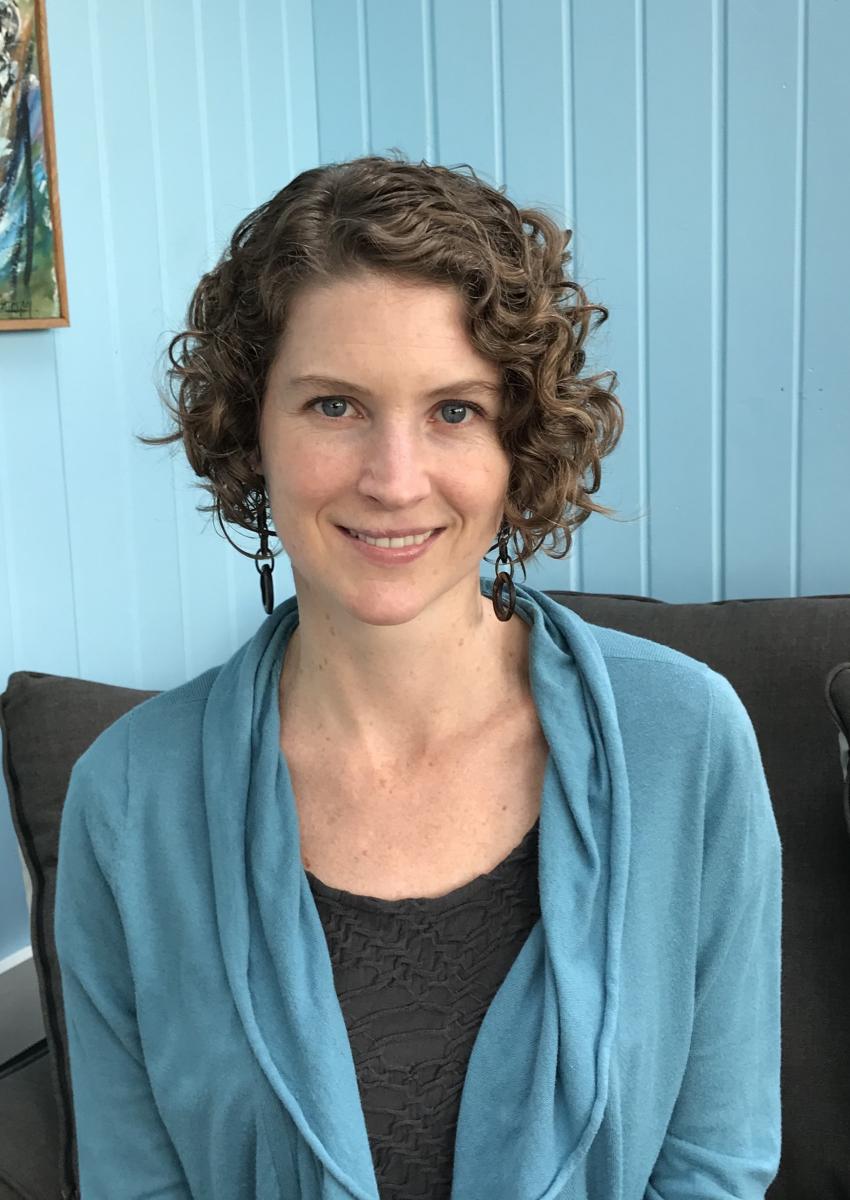Interview with ARSP affiliate Katie Graber

In July, ARSP affiliate Dr. Katie Graber, a Lecturer in Musicology at the Ohio State University School of Music, published a digital exhibit about her research on diversity within the Mennonite Church USA and Mennonite Church Canada. Below, we interview Dr. Graber about her work, which focuses on song as a vehicle for understanding cultural, lingustic and musical variations within different Mennonite congregations across North America.
ARSP: What led you to work on this project?
Dr. Graber: Over a decade ago, I wrote a master’s thesis about Madison Mennonite Church, a predominantly white Euro-American group that primarily sings English songs from the denominational hymnal. They and many other Euro-American Mennonite congregations claim singing (usually meaning Western 4-part singing, often a cappella) as a central religious and cultural practice. Since becoming involved with the committee compiling a new Mennonite denominational hymnal, I have learned much more about the linguistic, cultural, and musical diversity of the Mennonite denominations in the USA and Canada. I wanted to document and share that diversity in order to present a truer picture of Mennonite music.
ARSP: Why is this work important to the Mennonite Church USA and Mennonite Church Canada?
Dr. Graber: Many Euro-American Mennonites in the USA and Canada picture the denominations as a white ethnic group, with cultural diversity only extending to a continuum of who prefers Russian-influenced baking or German chorales. This dominant-culture view erases people and practices, and it hinders the antiracism and inclusion work the denominations are doing. Understanding Mennonite religion as encompassing a variety of cultural practices brings up important questions of appropriation and sharing that can lead to deeper understandings of history and community.
ARSP: Why did you choose to study congregations specifically through their music?
Dr. Graber: Many Mennonites claim singing as central to Mennonite heritage and identity, so it is important to continually interrogate what “Mennonite music” is. Music also embodies and performs culture, so it can tell us a lot about how groups choose to celebrate their relationships to various heritages. There are complex reasons people choose to sing songs in various styles and languages, including the histories of colonialism and Christian missions that led to Western European music travelling around the world for over a century. Today, immigrant and Indigenous groups in North America often have a variety of song styles in their repertoire that represent a variety of historical eras and geographical areas. Listening to religion can lead to insights about how these histories of global movement still affect communities.
ARSP: How did you select which congregations you would visit and record?
Dr. Graber: Bradley Kauffman (general editor of the Voices Together hymnal project) and I contacted regional denominational leaders and asked about linguistic diversity in their areas. They gave us recommendations for congregations that likely had groups of people, often a band or choir, who would be willing to meet with us to discuss and demonstrate music. Bradley and I, along with Darryl Neustadter Barg (videographer and member of the Voices Together project), then tried to choose congregations that represented diversities such as language, location, age, and size.
ARSP: Could you describe how you engaged with the congregations you recorded and involved them in the recording and exhibit production processes?
Dr. Graber: For each congregation we visited, we met with one or several people outside the worship service to ask questions about how songs are chosen and learned by the leaders and congregations. Some groups taught us songs at that time; others told us stories about their congregations and music groups. We also attended and recorded a worship service at each location. After our visits, I had many email and text conversations about translations of songs and other questions about the histories of their groups. I sent recordings and videos for approval and to ask if there were any details I was missing or had described incorrectly.
ARSP: Why did you choose to share your work with the ARSP?
Dr. Graber: I attended Isaac Weiner’s lecture about ARSP at the OSU Musicology Lecture Series a couple of years ago, and the idea of a map resonated with my understanding of Mennonite churches across the USA and Canada. Dr. Weiner graciously agreed that my project would be a good fit. The interactive and multimedia formats are ideal for demonstrating musical and cultural diversity -- music scholars can describe timbres, notation systems, melodies, and harmonies, but words have limits. Recordings and photos are irreplaceable for understanding similarities and differences between musical traditions.
ARSP: What was it like working with the ARSP to put an exhibit together? How did the ARSP assist you in presenting your work?
Dr. Graber: ARSP staff were invaluable to this exhibit. Lauren Pond’s expertise in audio and photo editing and layout design is obvious across this website. I identified sound clips from my longer recordings, and she created those audio files and integrated them into my essays. ARSP staff members Alison Furlong and Caroline Toy keep the database and archived material organized and functional.
ARSP: Who do you hope will see/hear your work, and what kind of impact do you hope it will have?
Dr. Graber: This gallery is a broad overview rather than an in-depth analysis or ethnography, so in general, I hope it sparks interest and further thought. I hope North American Mennonites will see these pages and better understand the diversity of Mennonite music, culture, and “identity” (a loaded word in anthropology and other cultural studies). I hope other scholars and students see further opportunities to study society through religion and sound, both of which have such vast interconnection to everyday life.

Photograph by Kreg Ulery


